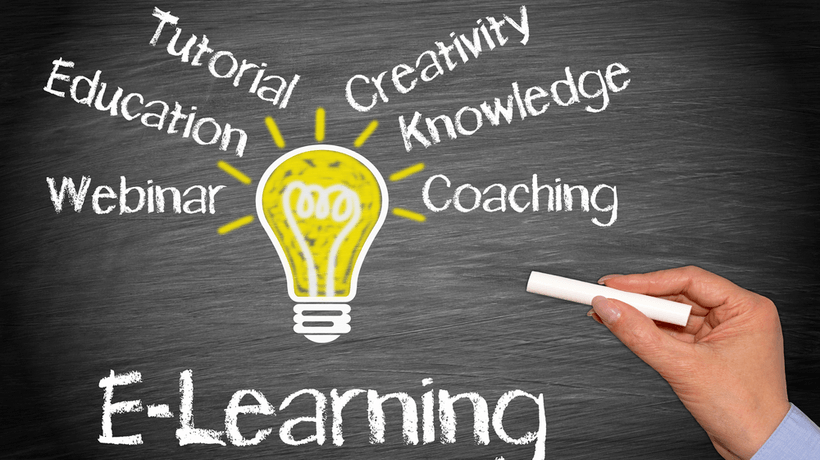Learning Evaluation Models You Will Find Useful
There are dozens of learning evaluation models currently in practice. This article provides a quick overview of 4 evaluation models you’ll find most useful: Kirkpatrick, Kaufman, Anderson, and Brinkerhoff.
1. Kirkpatrick’s Model Of Learning Evaluation.
Kirkpatrick’s model of learning evaluation has been used for more than 50 years. The model encourages us to evaluate learning on four levels:
- Reaction – Did they enjoy the training?
- Learning – Did they pass the assessment?
- Behavior – Do they work better?
- Results – Did business metrics improve?
The important thing is to measure at all four levels so you can see exactly how each stage of your learning design was effective. Design your learning program by starting with a business problem. Then identify the actions needed to solve that problem and the learning needed to support those actions. Once that’s complete, design the program needed for that learning to happen. Your evaluation metrics should follow that same chain so that if you don’t meet the business goal, you’ll know where it went wrong.
2. Kaufman’s Model Of Learning Evaluation.
Several models build on or react to Kirkpatrick’s. Kaufman’s model of learning evaluation is one of those. He makes two significant changes from Kirkpatrick:
- Kaufman splits Kirkpatrick’s level 1 into “input” and “process”. Input is the learning materials and resources available to learners. Process relates to the actual delivery of the learning experience.
- Kaufman adds a fifth level above organizational benefits to look at the benefits to society as a whole or to a business’ clients.
I like that Kaufman encourages us to evaluate learning resources separately from delivery as these really are different things. I’m less keen on his fifth level. Most organizations struggle to capture data about the impact of a learning program on business metrics, let alone asking us to puzzle out the impact on society as a whole. The impact on customers is certainly important, but this is normally already wrapped up as part of business metrics.
3. Anderson’s Value Of Learning Model.
If a learning program led to an increase in factory production by 50%, you might think it was successful. But if the organization where the program took place already had surplus stock and not enough sales, the real story is that the learning program was poorly aligned to the organization’s priorities.
Anderson’s Value Of Learning model encourages us to focus evaluation on the alignment between the learning program’s goals and the strategic goals of the organization. Only once the goals are aligned can we evaluate the success of the learning program in meeting those goals.
4. Brinkerhoff’s Success Case Method.
Sometimes learning programs are resounding successes, and other times they are total flops. Most of the time they are somewhere in the middle. However successful the program may be as a whole, there will always be a few learners who were successful and few others for whom the program didn't work.
Brinkerhoff’s Success Case Method (SCM) involves identifying the most and least successful cases within your learning program and studying them in detail. By comparing the successes to the failures, you can learn what to change to ensure success in future endeavors. Based on what you learn, you can also write and publicize success stories to show how valuable your program has been.
Which Model Should I Use?
Which of these models do I recommend? Actually, we can draw a little from all of them. Kirkpatrick is a useful starting point, which is improved by Kaufman’s split of level 1 into input and process. Anderson’s model is applied at a higher level than Kirkpatrick to evaluate the goals set for the learning program in the first place, and Brinkerhoff’s method is useful to dive deeper into specific programs once they are complete. Watch out for my Seven Step process which outlines how to apply these elements of the four models in more detail.
This overview was summarized from a series of blogs and white papers at https://watershedlrs.com/blog. The blog series explores learning evaluation models and offers and framework to apply them in your organization.









